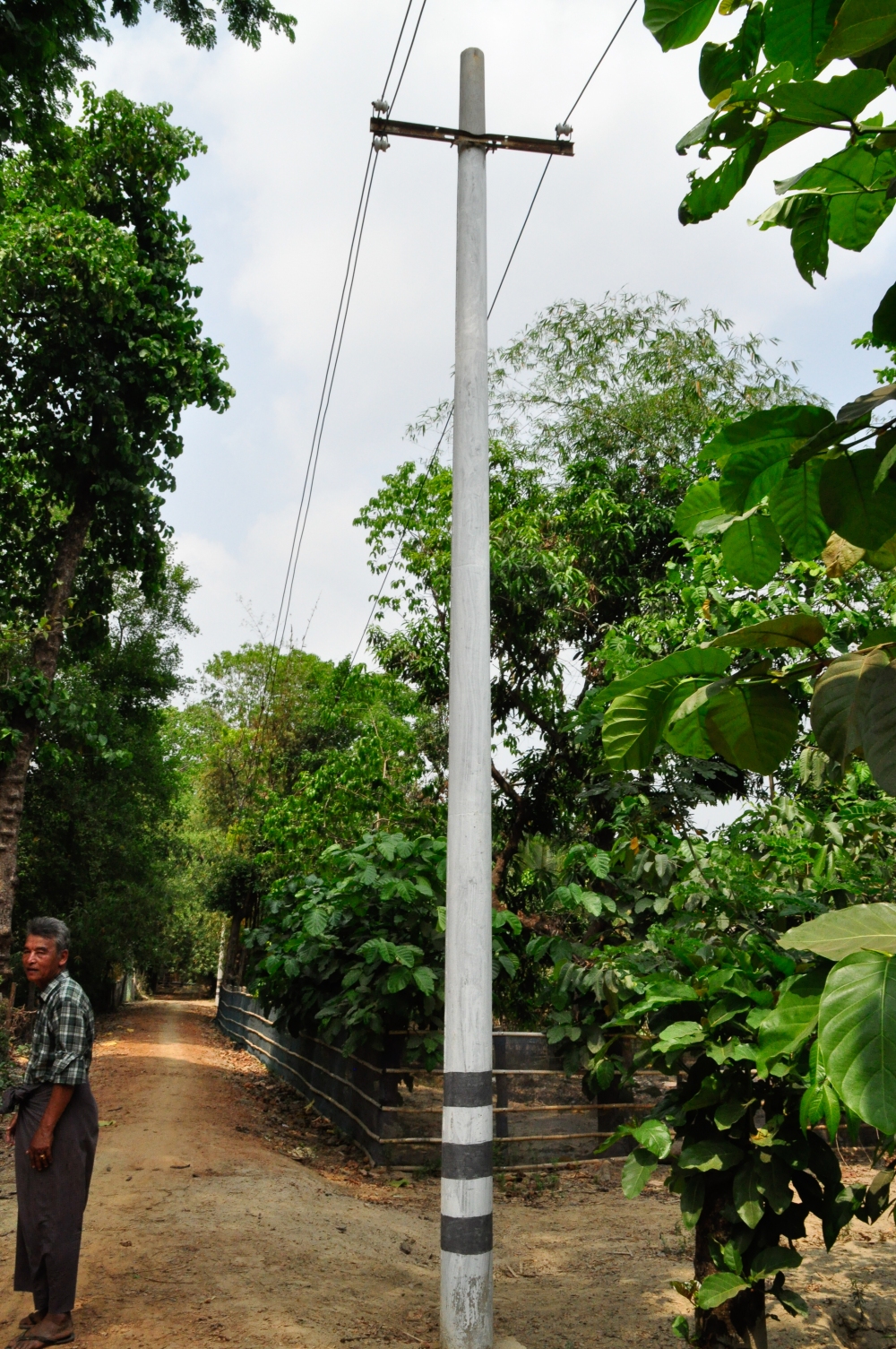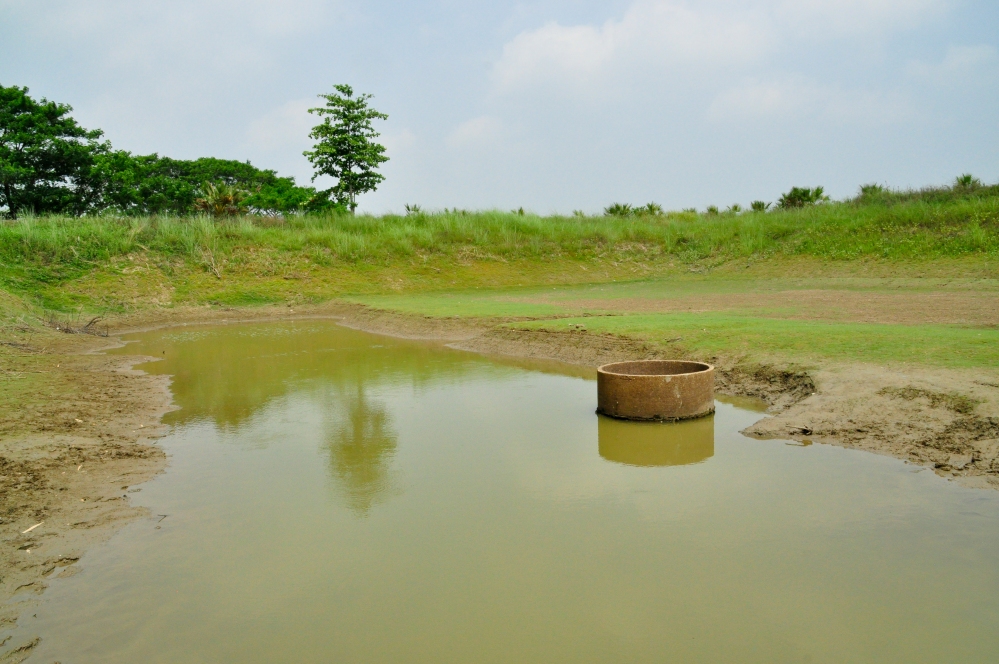Bo Gado translates literally to “foreign lady.” Rumor has it, the village got its name from the long-gone days where it was close to some sort of water source (the locals claim the ocean, though given its location far inland a large lake or river seems more likely), and the locals rescued a foreign woman from drowning, caring for her until she could make outside contact. That was some time in the 1930s, though locals estimate their ancestors lived there as long as 150 years ago.

Located down a rutted dirt track a two hours drive from the city of Pago in south-central Burma, a rickety bamboo bridge connects Bo Gado with the outside world. The village only got electricity ten days before my visit-before then, they relied exclusively on solar power, which became a problem in the rainy season. As electricity is expensive, only a handful of houses have it, and it is unreliable at best. While people are generally happy to have electricity, many large trees, some older than the village itself, were cut down to make room for the wires, and people have already noticed the village has become hotter without the relief of their shade.

The primary industry is bean farming. The harvest is good when the weather is “normal”-hot during the dry season and wet during summer. This year, the harvest was good but the prices were low. Many workers have come from Upper Burma to till the fields. Although they are considered better laborers than locals, there have been no conflicts between the two yet.

The community has to collect rainwater for drinking, cooking, and bathing. There are 4-5 small reservoirs that supply approximately 2,000 people. During this particularly dry El Nino summer, they are almost all dried up. When that happens, they must rely on wells in the reservoirs.

The drinking water is murky, with bits of rubbish floating here and there. The muddy banks of the reservoir are covered in animal tracks. Once or twice a day, the women collect water in old gasoline containers, yolked around their necks with bamboo poles. They leave the water in clay pots for 1-2 days, then it is ok to drink.

Without regular access to outside goods, the villagers must be innovative with what they have around them. Cutting open a large, green legume that falls regularly from the trees lining the streets reveals a cotton-like substance that makes a great stuffing for pillows.

Everywhere I go, people eagerly show me fruits and vegetables, growing on trees and in gardens. The only products they see from America, in their shops and on TV, are processed and packaged. They assume I have never seen fresh produce before.

The village houses a monastery with living quarters, a small pagoda, and a Dhamma hall where talks on Buddhist scripture are given now only on special occasions. The monastery used to house over 100 monks and novices, but is now home to only 7 permanent residents.